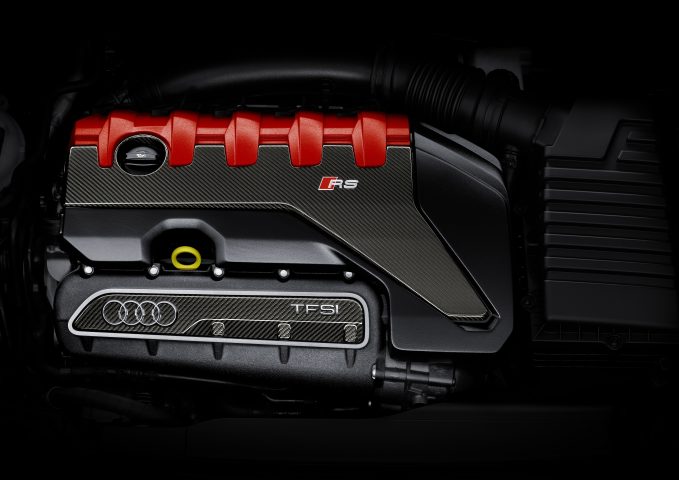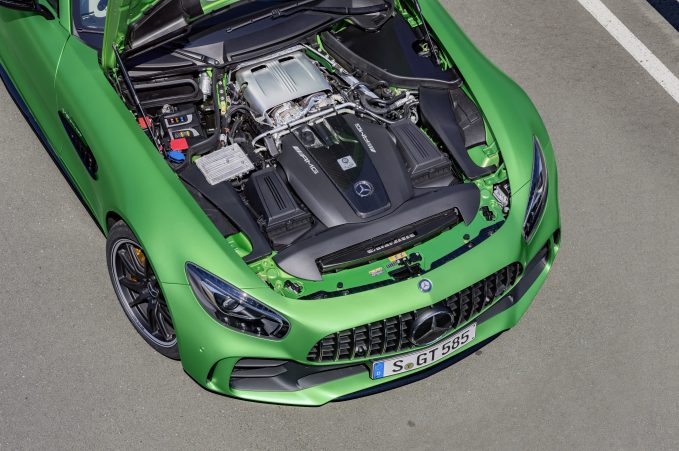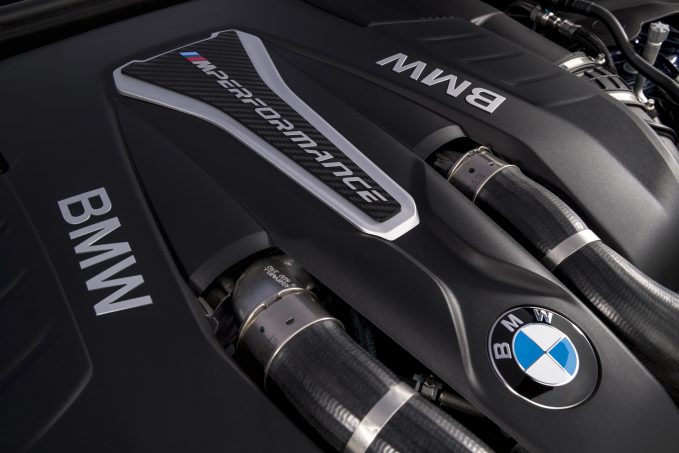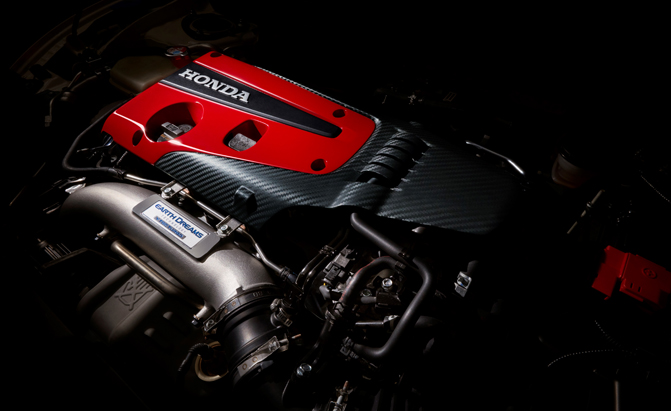Most new cars are turbocharged, direct injected, or both, which means that these fuel-saving and performance-enhancing technologies will soon become even more common in the used car marketplace.
Both Direct Injection (DI) and turbocharging enhance fuel efficiency and performance with minimal compromise, and even more so when they’re used together by the same engine, which is becoming more and more common.
When buying a used car that runs one or both of these technologies, a few tips and checks are advisable for maximum peace of mind and minimal likelihood of unwelcome surprises.
Get the Paperwork
If the DI/turbo vehicle you’re considering is still within its powertrain warranty period, be sure to seek out all service records, including proof that no oil changes have been extended or missed. If you need a warranty repair down the line, you’ll need to prove that all such work is up to date. There’s rarely any mercy — if the vehicle you’re considering has missed an oil change or some maintenance routine, chances are that its powertrain warranty is toast.
Ask the seller for all documentation. If they don’t have it handy, they should be able to obtain it easily from the dealer or service centre that serviced the vehicle. Read this twice: open the maintenance schedule for the vehicle you’re considering, and tick off all maintenance items that can be confirmed via documentation. If the vehicle was serviced exclusively at its dealer, they may be able to confirm this for you. If any maintenance routines have been missed, your next step is to determine whether the vehicle is still under warranty or not.

Consider Cleaning the Fuel System
Ask the seller whether they’ve ever had a fuel cleaning service carried out by their dealer or mechanic. Some models require this servicing about once a year to help keep valve gunk deposits in check — since the design of DI engines means they may be prone to the rapid build-up of harmful valve gunk deposits. Adhering strictly to factory-prescribed fuel system cleaning services, spark-plug changes, and oil changes can help keep valve gunk buildup in check.
While you own the vehicle, never, ever stretch the spark plug change interval, and be sure to fuel the vehicle exclusively with Top-Tier rated gasoline, which helps fend off valve gunk indirectly, by keeping components vital to proper fuel combustion clean. Check the owner’s manual, or with your dealer service advisor, for more details about the maintenance required by the specific model you’re considering.

Scan the Computer
Issues with the turbocharger system and other issues caused directly or indirectly by valve gunk deposits may give themselves away via a so-called “trouble code” stored in the engine computer system. Bad turbocharger components, including the wastegate or recirculation valve, can cause a trouble code to be stored if they’re acting up. Valve gunk deposits can cause an engine misfire, which may store a trouble code, too. Note that some trouble codes cause a check engine light to illuminate and that some don’t.
ALSO SEE: The 10 Most Common Reasons Your Check Engine Light is On
Translation? A diagnostic scan of the DI/turbo vehicle you’re considering is a fantastic idea, takes mere minutes, and doesn’t cost much — though it could reveal a potentially pricey problem that you, or the seller, wasn’t yet aware of. For maximum peace of mind, have a diagnostic scan performed, whether you see a Check Engine light or not.
Beware of Mods
Some vehicles, especially sportier turbocharged models, are commonly modified by owners to create more power via the installation of non-factory engine management software that turns up the turbocharger boost pressure. This can be a good bit of fun, and a way to enjoy more power on the cheap, but there’s a downside: turning up the boost can harm the engine and will nuke your ride’s warranty, even if the programming is set back to stock before a visit to the dealer.
ALSO SEE: Here’s Why You Should Never Drive Your Car On Empty
The average shopper is typically best to avoid a model that has, or has ever had, non-factory engine management software applied to its computer. If you suspect that may be the case with the machine you’re considering, be sure to have a dealer service manager check the ride’s VIN number against any possible warranty violations or restrictions.
Consider a Compression Test
If you’re considering a higher-mileage DI / Turbo ride, consider having a compression test carried out before you fork over your cash, for maximum peace of mind. A compression test can provide a peek into the health and condition of the vehicle’s engine, confirming that all cylinders are sealing properly. Best of all, a model with a four-cylinder engine is typically easy to perform a compression test on — so it’s quick and cheap insurance. Bad compression test results can indicate excessive engine wear, or excessive valve gunk buildup, which may prevent intake valves from sealing properly. Though a compression test may cost a few bucks, it could save you from buying a higher-mileage ride with an engine that’s in poor shape.
Turbocharger Checks

If the model you’re considering is a higher mileage turbocharged machine, have a mechanic inspect the turbocharger system, too. With proper maintenance, a turbocharger should last the life of the vehicle, but that’s not always the case. Further, since turbochargers can be pricey to repair, you’ll want to confirm that things are in proper working order and that no trouble signs are apparent.
A mechanic may remove the plumbing from the turbocharger and inspect for shaft play, which can reveal internal component wear that indicates a turbocharger that’s on its way out. They may also inspect the intercooler and associated plumbing for signs of excessive oil buildup, which can be another sign of turbocharger wear. Some computer or electronic tests may also be carried out.
Here’s a check you can perform yourself on any turbocharged vehicle, which may reveal problems with the turbocharger system. Have the seller ensure the vehicle hasn’t been started or driven for several hours before you arrive for your test drive, and confirm the engine is stone-cold, by touching the muffler or exhaust pipe and confirming that it’s not warm. Next, start the engine, and allow it to idle up to operating temperature, and then to idle a few minutes more, without driving it or revving the engine. Watch the tailpipes for signs of white, thick smoke, noting that a little steam is normal. If you see any heavy smoke, the turbocharger seals may be worn or failing, which means a replacement turbocharger is in the vehicle’s immediate future.



Leave a Reply